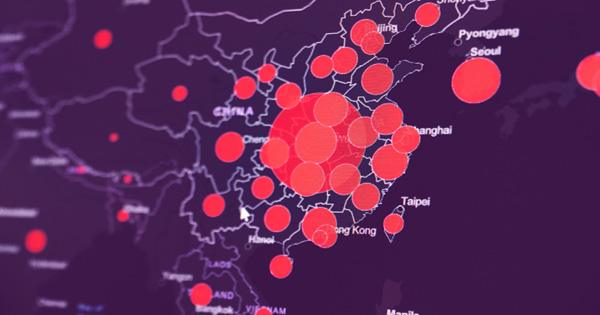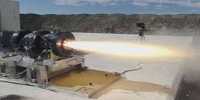The Gospatial community plays an important role in detecting the spread of the COVID-19 virus by constantly updating the number of infected and providing real-time data with GIS-powered local health information. Dashboards rely on online platforms, social media, news services, and communications from regional, national, and local health authorities such as the Centers for Disease Prevention and Control in China, Europe, and the United States. For more detailed information on the global outbreak, consult this Worldometer. There is a list of confirmed COVID-19 cases for all affected countries, the number and location of deaths and recoveries, and a list of several interactive web-based dashboards.
The levels include medical facilities, population details, tourist attractions, cultural points, roads, public transport centers, and water infrastructure. Combining satellite imagery with thousands of open data sources, it creates data-rich datasets, both geopathic and demographic. Most data is generated locally but once combined with satellite imagery it makes a great tool for situation awareness. For example, Max has created multi-layered human landscape data that is necessary for disease modeling. It enables government administrations to see where and who is involved or affected, in order to anticipate civic needs, to enforce restrictive measures, to ensure safety in public spaces, and for critical infrastructural management in the crisis we are living in.
Copernicus data shows how coronavirus outbreaks in China and Italy have led to the inundation of pollution, as nitrogen dioxide emissions have declined following separate measures across the country. The final improvement in air quality certainly results in exceptional circumstances. Never before have we measured such a size and reduced air pollution in such a short time. It shows that the impact of human activities on the environment is huge. The Copernicus Atmosphere Monitoring Service (CAMS) combines satellite and ground-based observations to monitor air quality in Europe. It hints at human activities during the lockdown, as well as the effects of air quality (including pollen) on respiratory health.
An air pollutant released by burning fossil fuels, nitrogen dioxide (NO2), has a lifespan of several hours, so it is often used to analyze short-term changes in air quality. If you look at the map once and see how air quality has changed in Europe you will see that all cities including Paris, Madrid, Rome, and Milan saw a significant climate (about 50 percent) in NO2 concentration compared to April- time in the same months in previous years. Improvements in global air quality with the introduction of lockdown measures earlier this year were among the most noticeable changes.
It is also possible to gain insight into the decline of global economic activity from the epidemic. Satellite observations that can be used as indicators of agricultural output, activity in ports, the number of vehicles parked in shopping centers, and how certain industries have been damaged as a result of such lockdowns.















